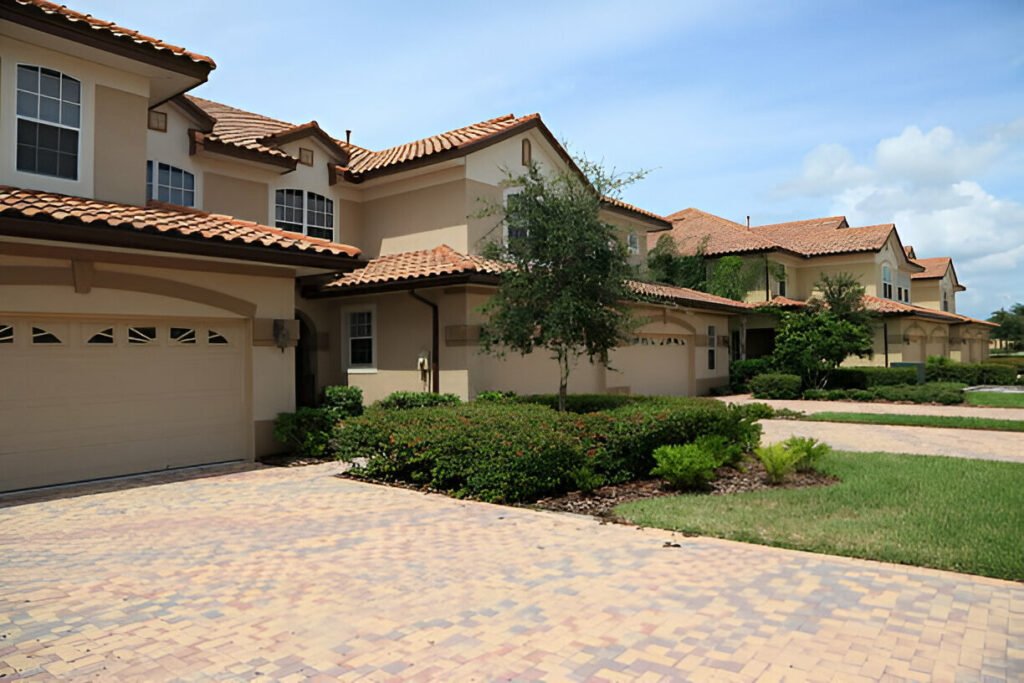Painting your house exterior is essential for maintaining its appearance and protecting it from the elements. However, the frequency with which you need to repaint can vary based on several factors. Understanding these factors can help you plan and maintain the longevity and beauty of your home’s exterior.
Regularly painting your house exterior not only keeps it looking fresh but also provides a protective barrier against home environmental damage. Various factors influence how often you need to repaint, from the quality of the previous paint job to the local climate. Let’s delve into the key considerations that determine the repainting schedule for your home’s exterior.
Quality of Previous Paint Job
The quality of the previous paint job plays a significant role in how long your exterior paint will last. A professional paint job with thorough surface preparation, quality paint, and proper application techniques can last much longer compared to a quick DIY job. If the last paint job was done meticulously, you might not need to repaint as frequently.
Type of Exterior Surface
Different materials have varying lifespans when it comes to paint:
- Wood Siding: Typically needs repainting every 3-7 years, depending on exposure and quality of paint.
- Stucco: Usually lasts 5-10 years.
- Brick: Can last up to 15-20 years, although the mortar may need touch-ups.
- Vinyl and Aluminum Siding: Generally require repainting every 5 years.
Knowing your home’s exterior material can help you gauge how often it needs repainting.

Climate and Weather Conditions
Climate and weather conditions have a major impact on the durability of exterior paint. Homes in areas with extreme weather conditions, such as heavy rainfall, intense sunlight, high humidity, or harsh winters, may need more frequent repainting. Constant exposure to these elements can cause paint to deteriorate faster.
Quality of Paint Used
The quality of paint used initially affects how long the paint job will last. High-quality paints with better ingredients and longer warranties typically offer better protection and durability. Investing in top-quality paint can extend the time between repainting.
Exposure to Sunlight
Exposure to sunlight can cause paint to fade, crack, and peel over time. Homes with exteriors that face direct sunlight for most of the day may require more frequent repainting. UV-resistant paints can help mitigate this effect, but regular monitoring is still necessary.
Maintenance and Upkeep
Regular maintenance and upkeep can extend the life widespreadsolutions of your exterior paint. Cleaning the exterior, inspecting for damage, and performing minor touch-ups can prevent the need for a full repaint. Addressing issues like mold, mildew, and water damage promptly helps maintain the integrity of the paint job.
Signs It’s Time to Repaint
Knowing the signs that it’s time to repaint can help you avoid extensive damage:
- Fading: When colors lose their vibrancy.
- Peeling or Cracking: Indications that the paint is no longer adhering properly.
- Chalking: A white, powdery residue on the surface.
- Mildew or Mold Growth: Especially in shaded, damp areas.
- Blistering: Bubbles or blisters in the paint.
Regularly inspecting your home’s exterior for these signs can help you determine when it’s time for a new paint job.

